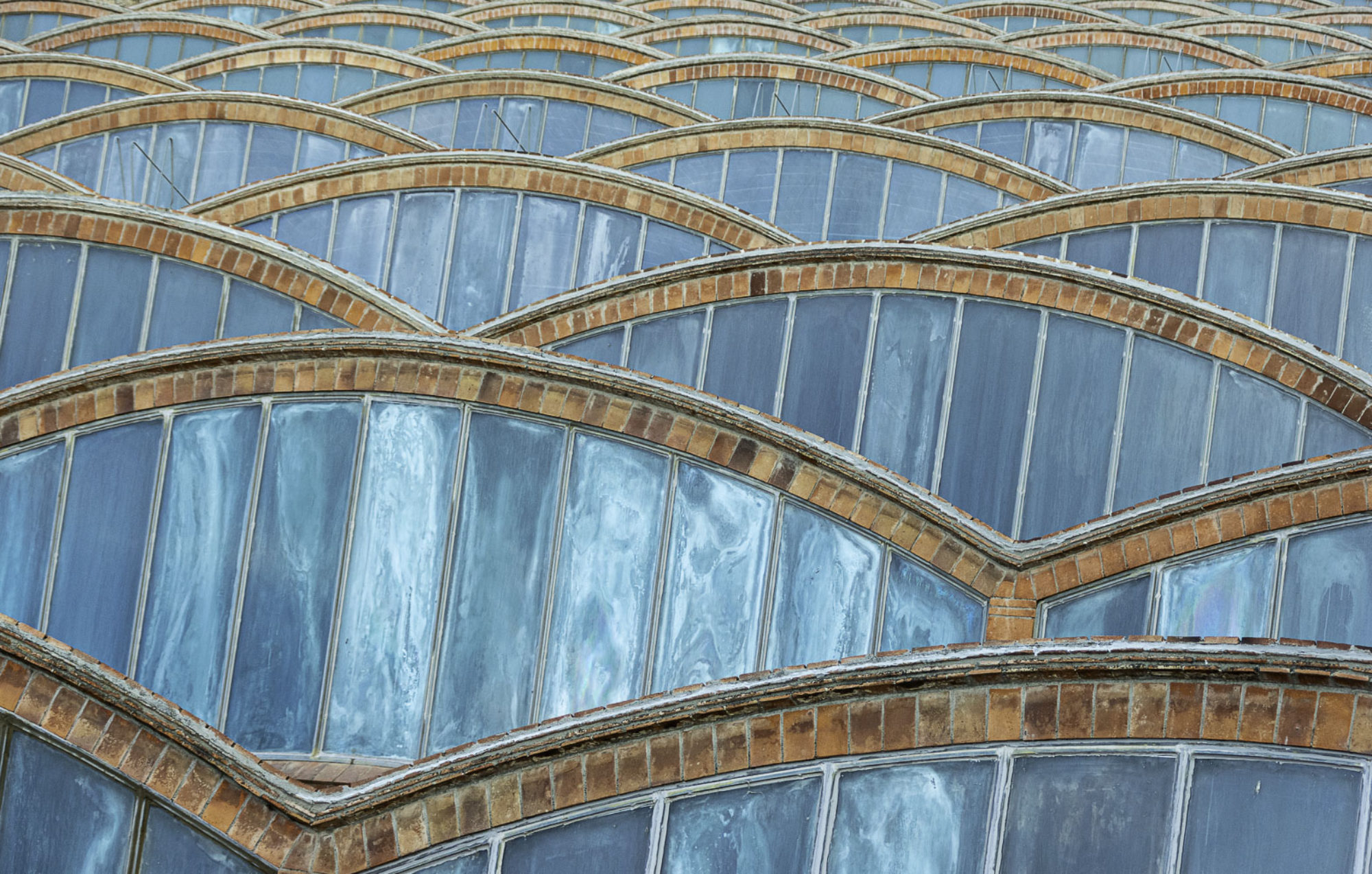Michal Hbrek (Prague)
Some new results about the Telescope Conjecture in D(X)
Abstract: In the generality of a big tt-category, the Telescope Conjecture (TC) asks if every smashing ideal is compactly generated. This has been a conjecture in the case of the stable homotopy category of spectra until the announcement of the negative answer this year. For the derived category D(X) of a qcqs scheme, (TC) is a property which sometimes holds (namely, for noetherian schemes) and sometimes does not. Balmer and Favi showed that (TC) is an affine-local property, and thus the question reduces to affine schemes. With Hu and Zhu, we recently showed that (TC) is even stalk-local, and thus reduces to local rings.
In the present work (arXiv:2311.00601), we show a stronger locality proposition, which reduces (TC) to inspection of the definable ideal generated by the residue field of a local ring. This ties (TC) very strongly with the properties of the m-adic topology on the ring. We apply this to recover most known examples of validity or failure of (TC) in D(X), as well as to construct some new ones. Moreover, we show that certain restriction of (TC) can be characterized in terms of pseudoflat ring epimorphisms over R, yielding an interesting example of a non-surjective pseudoflat local ring morphism.
